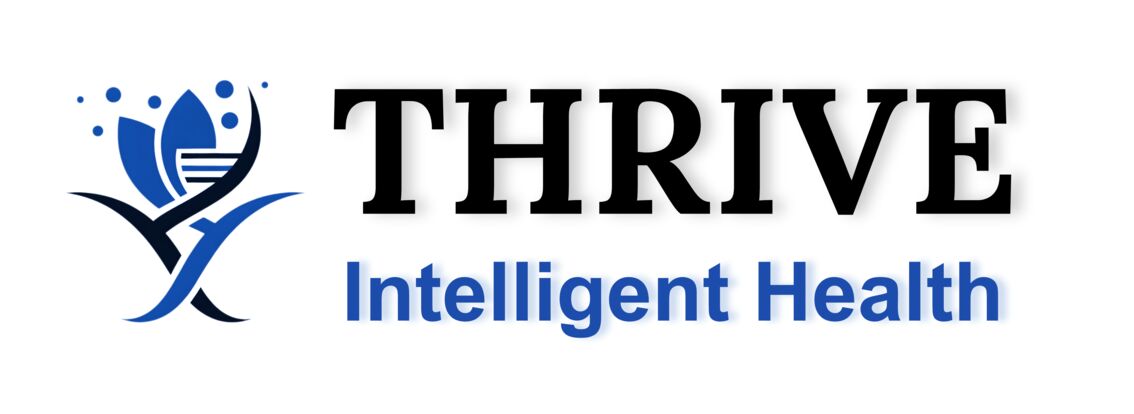Designing Adaptive and Explainable User Interfaces for Real-Time AI-Guided Echocardiography
Supervisory Team
Background
Echocardiography’s diagnostic reliability hinges on image quality, which remains highly operator-dependent. While AI guidance systems can assist image acquisition, existing UIs are often static, non-personalized, and lack explainability—limiting trust and long-term skill development.
Research Questions
-
How can adaptive user interfaces improve AI guidance for users of varying expertise?
-
What explainable AI (XAI) features foster trust, learning, and autonomy in clinical workflows?
-
How do adaptive and explainable UIs compare with conventional static systems in usability, performance, and user experience?
Aim
- Design, prototype, and evaluate adaptive and explainable UIs for AI-based real-time image quality feedback in echocardiography.
Objectives
-
User-Centered Requirements
- Define user requirements through interviews with clinicians across skill levels.
-
Prototype Development
- Design interface prototypes integrating adaptive logic and explainable feedback.
-
Evaluation
- Evaluate performance and usability through controlled simulation-based experiments.
Methodology
-
Year 1: Requirements gathering via literature review and clinician interviews.
-
Year 2: Develop interactive UI prototypes with adaptive/XAI features; conduct formative usability tests.
-
Year 3: Run a comparative evaluation using a high-fidelity echo simulator, with novice to expert users.
-
Analyze trust, task performance, skill perception, and usability using mixed methods.
Clinical Partners
- Imperial College London – National Heart and Lung Institute

